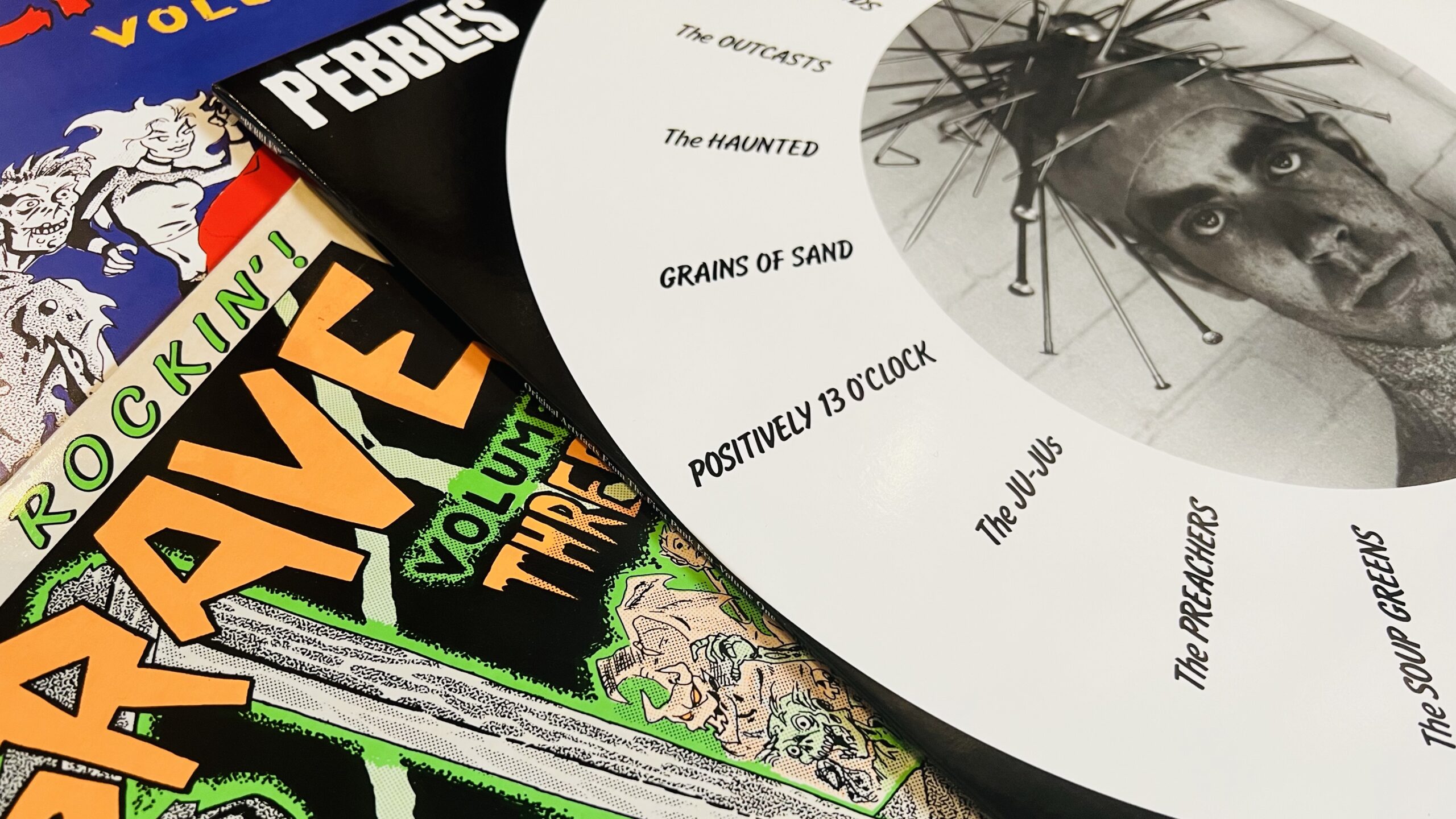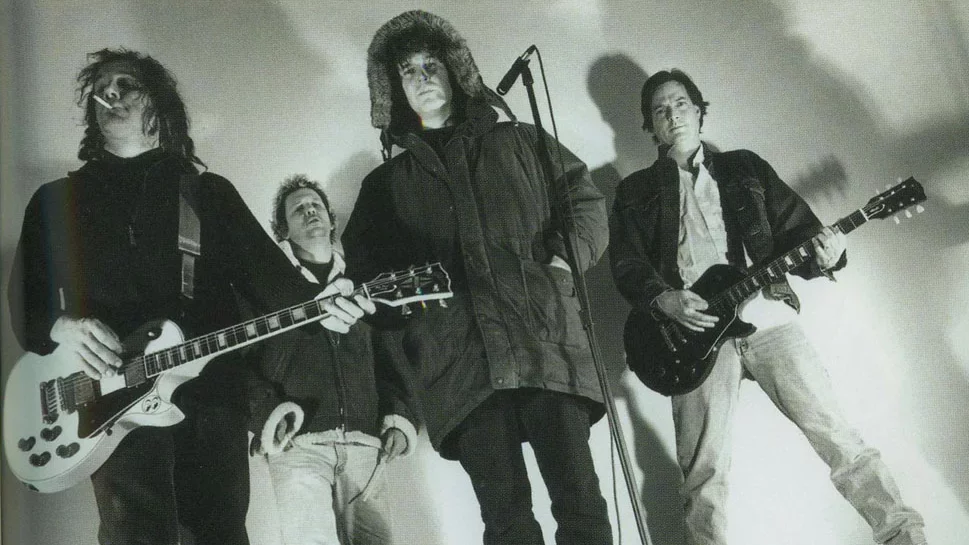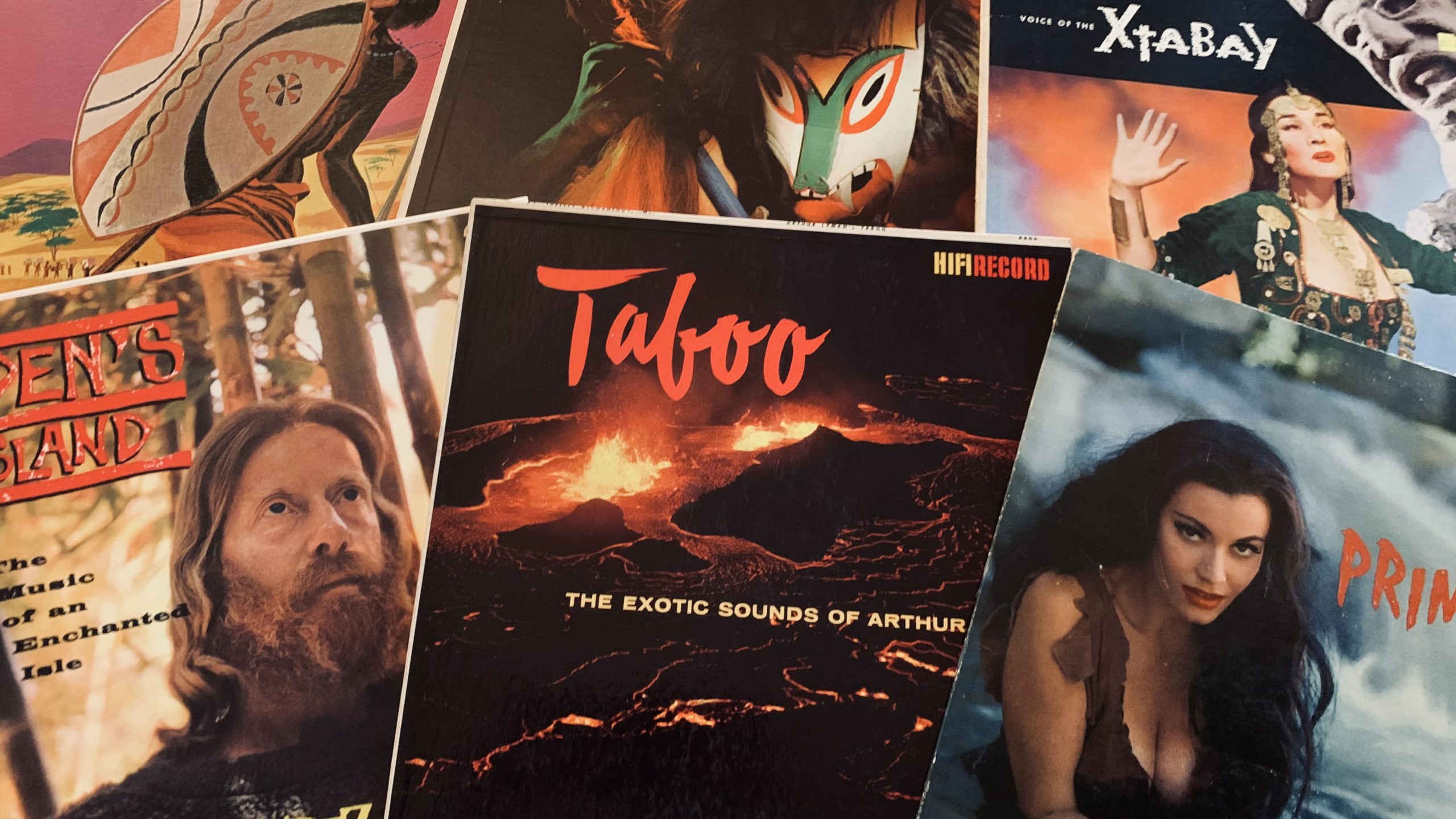
For a certain type of fan – of which I most definitely include myself – there is a very specific romanticism about the story of the Elephant 6 collective: a group of four childhood friends who built something of a mythology around their shared musical projects. It’s a story that involves rotating casts of multi-instrumentalists, experimental pop recordings made on four-track cassette tapes, weekly pot lucks-turned-strategy sessions, and a kind of creative/personal camaraderie the likes of which only artsy outcasts from a small college town can truly understand. To a certain type of fan, to call the legend of E6 idyllic is to undersell its appeal; dramatically.
What would eventually become known as “The Elephant 6 Recording Company” began in Ruston, Louisiana in the late-1980s. It was there that Robert Schneider, Bill Doss, Will Cullen Hart, and Jeff Mangum met as kids, bonding over their shared love of psychedelic music and art. Through attending and hosting house shows, deejaying stints at Louisiana Tech’s college radio station, and spontaneously captured home recordings, the four multi-instrumentalists built a small scene in a location where such a thing seemed improbable, if not outright impossible.
In their early twenties, the group left Louisiana: Schneider for Denver; Hart, Doss, and Mangum for Athens, Georgia. For the latter trio, Athens was an ideal landing spot: a college town with affordable rent, plenty of service industry jobs, and a reputation as something of a destination for art-minded southerners. Having already nurtured the careers of R.E.M., Pylon, and The B-52s, Athens – and its independent institutions, such as Wuxtry Records and the 40 Watt Club – would provide similarly fertile ground for the many Elephant 6 projects.
Joining with locals and other transplants, Hart, Doss, and Mangum would found E6’s “centerpiece” project, The Olivia Tremor Control, in 1993. Across the country, Robert Schneider was putting the final touches on the first Elephant 6 release, a six-song EP with his new group, The Apples, which would soon be rechristened as The Apples in Stereo. As the Apples and “Olivias” prepared their own recordings for release, they continued to build a collective of like-minded bands and musicians, such as Elf Power, Of Montreal, The Minders, and Mangum’s own group, Neutral Milk Hotel, who would in time become E6’s most legendary act.
While certain hallmarks define the aesthetic of the collective, there’s no one sound that can pigeonhole the Elephant 6 groups: some prize experimentalism as much as accessibility; most are unmistakably indebted to the classic pop of the mid-to-late sixties; and all favor the warmth of analog tape and the rustic charm of home recordings over the sterile environment of the modern studio. This shared commitment to a DIY mentality – and an almost militant devotion to the four-track cassette recorder – placed E6 squarely in line with the lo-fi “movement” of the times.
By the mid-90s, Elephant 6 had begun to attract attention outside of their close-knit circles in Athens and Denver. Eventually, mainstream outlets such as the New York Times and Rolling Stone would gaze at the collective with equal parts awe and confusion; the latter publication would go so far as to falsely claim that the E6 members all lived together in a commune. Even to devoted followers, Elephant 6 would remain a difficult thing to pin down; though it’s often referred to as a record label, few of the collective’s albums were actually released by the Elephant 6 label, and instead, came out on closely-affiliated local imprints such as Kindercore and Cloud Recordings, or national indie labels like Flydaddy, spinART, and Merge.
Elephant 6’s peak of activity and acclaim would come toward the end of the decade. Though the collective had already produced at least one masterpiece with The Olivia Tremor Control’s 1996 opus, Music from the Unrealized Film Script, Dusk at Cubist Castle, Neutral Milk Hotel’s second LP, 1998’s In the Aeroplane Over the Sea, would ultimately become one of the most beloved albums in the history of American independent music. While surrounded by several other great records from E6-affiliated groups, the collective began to fall into a far more turbulent period. Symbolically, the Olivias’ second album, 1999’s Black Foliage, was followed by a long hiatus – one that found the group’s creative leaders, Will Cullen Hart and Bill Doss, exploring their own projects.
Elephant 6 appeared to be on the rebound in the late-2000s. The Apples in Stereo’s 2007 LP, New Magnetic Wonder, featured contributions from all of the collective’s primary figures (and was the first release in several years to include E6’s iconic logo on its packaging). In 2008, several key members of the collective embarked on the first “Holiday Surprise Tour” – named after a classic track from Dusk at Cubist Castle. Among the participants was the notoriously reclusive Jeff Mangum, who had largely disappeared from the public eye after the attention brought by In the Aeroplane Over the Sea‘s reception. Tragically, Bill Doss passed away in 2012 at the age of forty-three. At the time, The Olivia Tremor Control were celebrating a triumphant return to the stage, and deep into work on a highly-anticipated third album.
The article and playlist that follow are not an attempt to tell the entire story of the Elephant 6 collective. Even the excellent 2019 documentary, A Future History Of: The Elephant 6 Recording Co., can’t quite accomplish that. Rather, it’s merely an introduction to some of the collective’s highlights, perhaps best-suited for those looking to dig deeper, beyond the masterwork that towers like a monolith over the rest of the scene’s work. On that note, if you have somehow managed to find this website and/or article without having ever heard In the Aeroplane Over the Sea, I implore you to start there. Then, check out these:
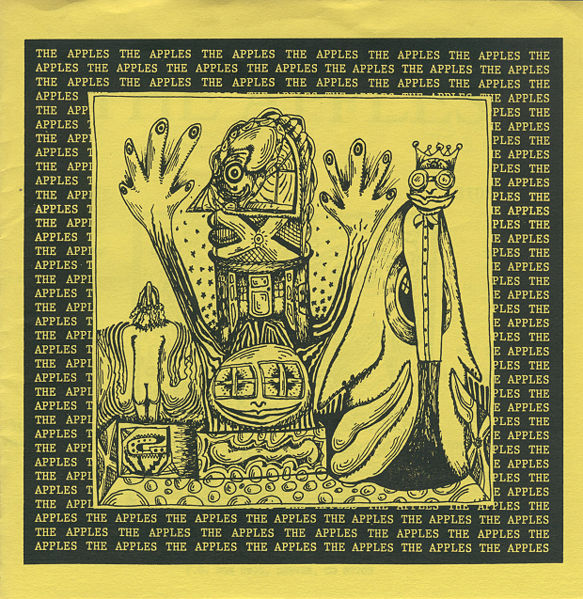
As the opening song and title-track to the first official Elephant 6 Recording Company release, “Tidal Wave” looms large in the history of the collective. Fortunately, it brings the goods. From Robert Schneider’s affable melody, to the blissfully fuzzed-out guitars, to Hilarie Sydney’s ramshackle beat, “Tidal Wave” earns its name on a track that makes a formidable first impression.
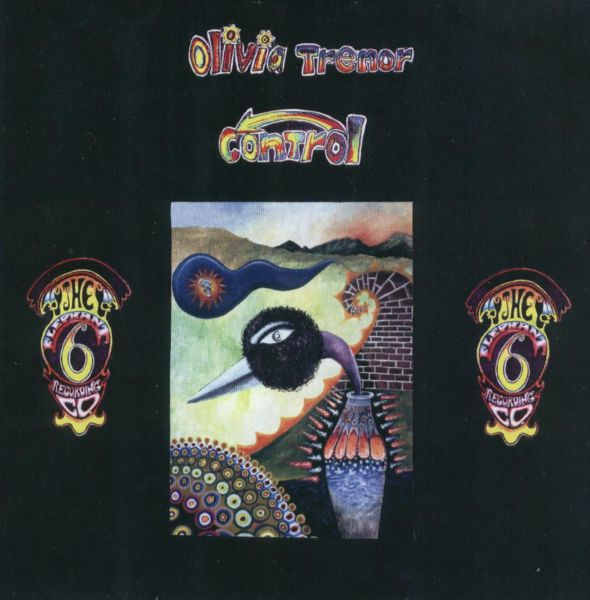
Making a strong first impression of their own, E6’s Athens contingent roared out of the gates with The Olivia Tremor Control’s 1994 California Demise EP. “Love Athena” confirms that Will Cullen Hart and Bill Doss had been trading notes with Robert Schneider since their teens, and Jeff Mangum bashes away at the drum kit with an abandon that would suit him well in his future endeavors.
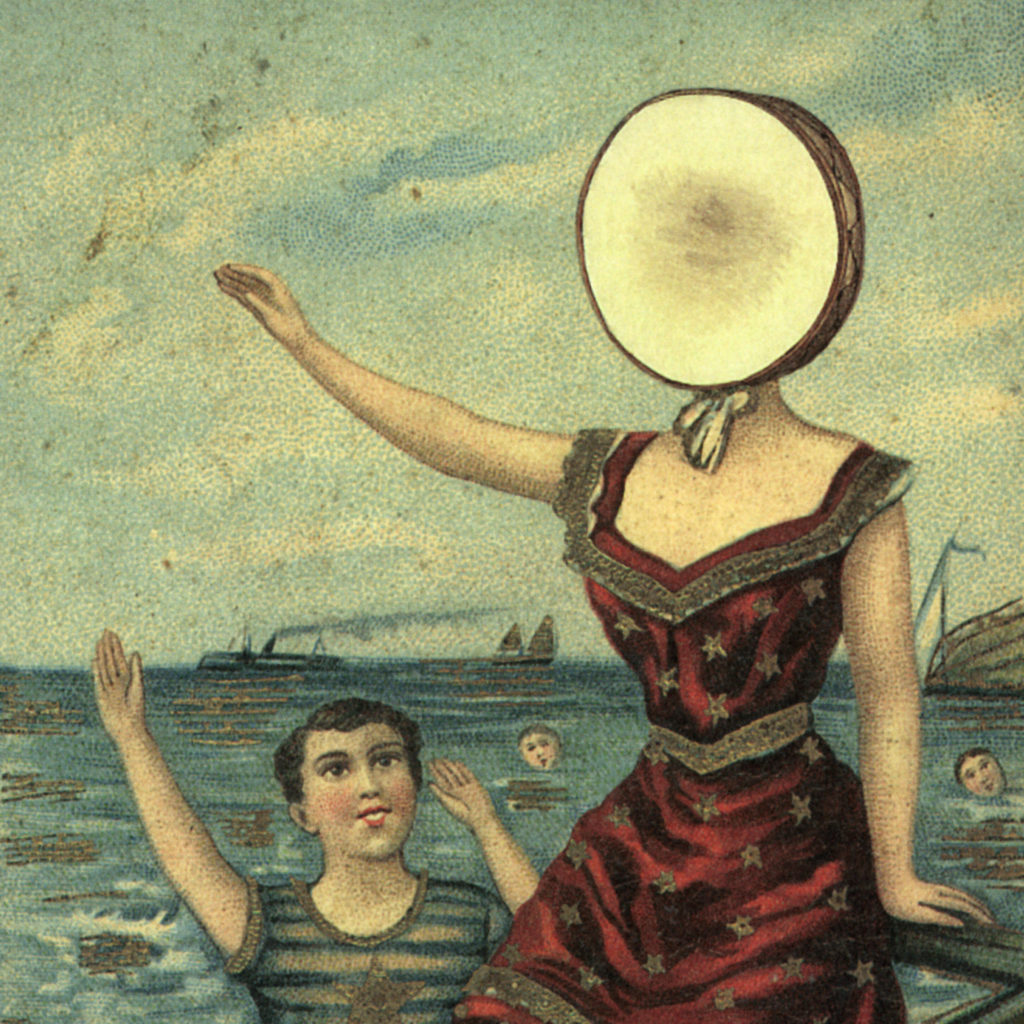
We’ll get it out of the way quick, not because it’s merely an obligation, but because if you’ve only heard one E6 album, it’s almost certainly Neutral Milk Hotel’s In the Aeroplane Over the Sea. To call the title track the album’s centerpiece is both underselling it and the surrounding material. Instead, it’s both inseparable from its adjoining tracks, and yet, a beautiful piece capable of standing on its own. I covered the track in far more gushing language for the A Century of Song project (where it came in at #5), and so I’ll just make one more quick plug for its parent record before moving on: It’s not just a high water mark for E6 or for indie rock; Aeroplane is simply one of the most perfectly-realized works of American art. Period.
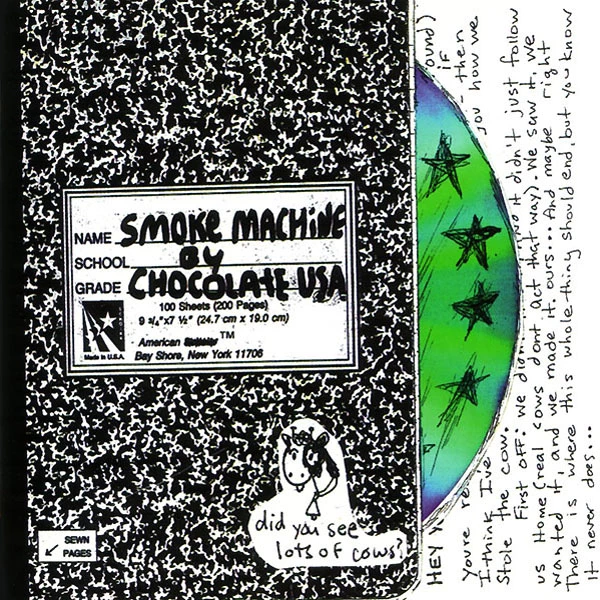
While his work as Neutral Milk Hotel’s bassist – plus banjo and his signature “singing saw” – alone makes him a central part of the E6 collective, Julian Koster also led two of the scene’s other projects. Chocolate U.S.A. predates Elephant 6 – the group released the studio-recorded All Jets are Gonna Fall Today in 1992 – but 1994’s Smoke Machine arrived after Koster was brought into the fold. “Bookbag” is less sixties-indebted than contemporaneous recordings by the Athens contingent, but its scruffy underdog quality makes it pure E6.
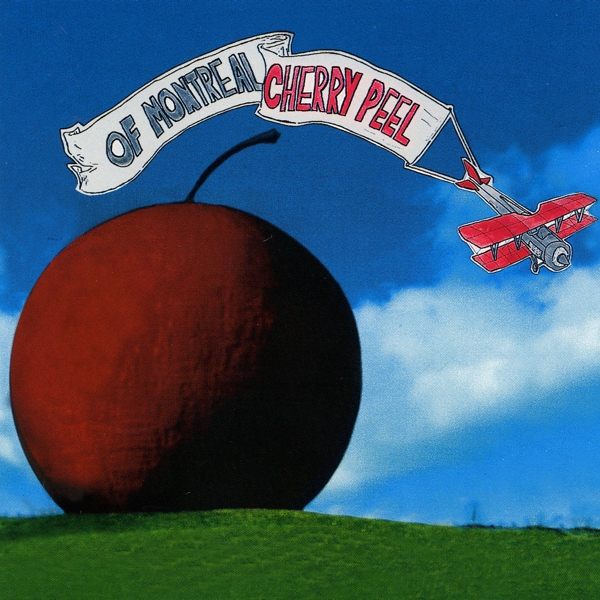
Aside from Neutral Milk Hotel, the E6 band that has most clearly worked its way into the public consciousness is Kevin Barnes’ Of Montreal. Today a long-running indie institution, the group debuted with 1997’s charming Cherry Peel. Of Montreal’s subsequent success – and constant artistic reinvention – may have distanced them somewhat from their E6 roots, but “Don’t Ask Me to Explain” mines the same sixties-era pop bliss that was the collective’s calling card.
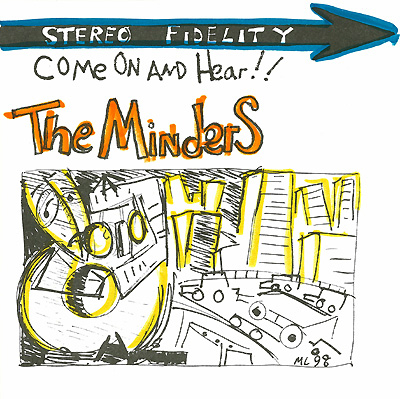
One of the first groups to assimilate into Robert Schneider’s Denver-based Elephant 6 outpost, The Minders would become one of the collective’s longest-running acts. On “Build” – the lead track to their Schneider-produced debut EP, Come On and Hear – Martyn Leaper’s knack for a strong hook cuts through the fuzz, and, like many a great pop song, leaves you wanting more.
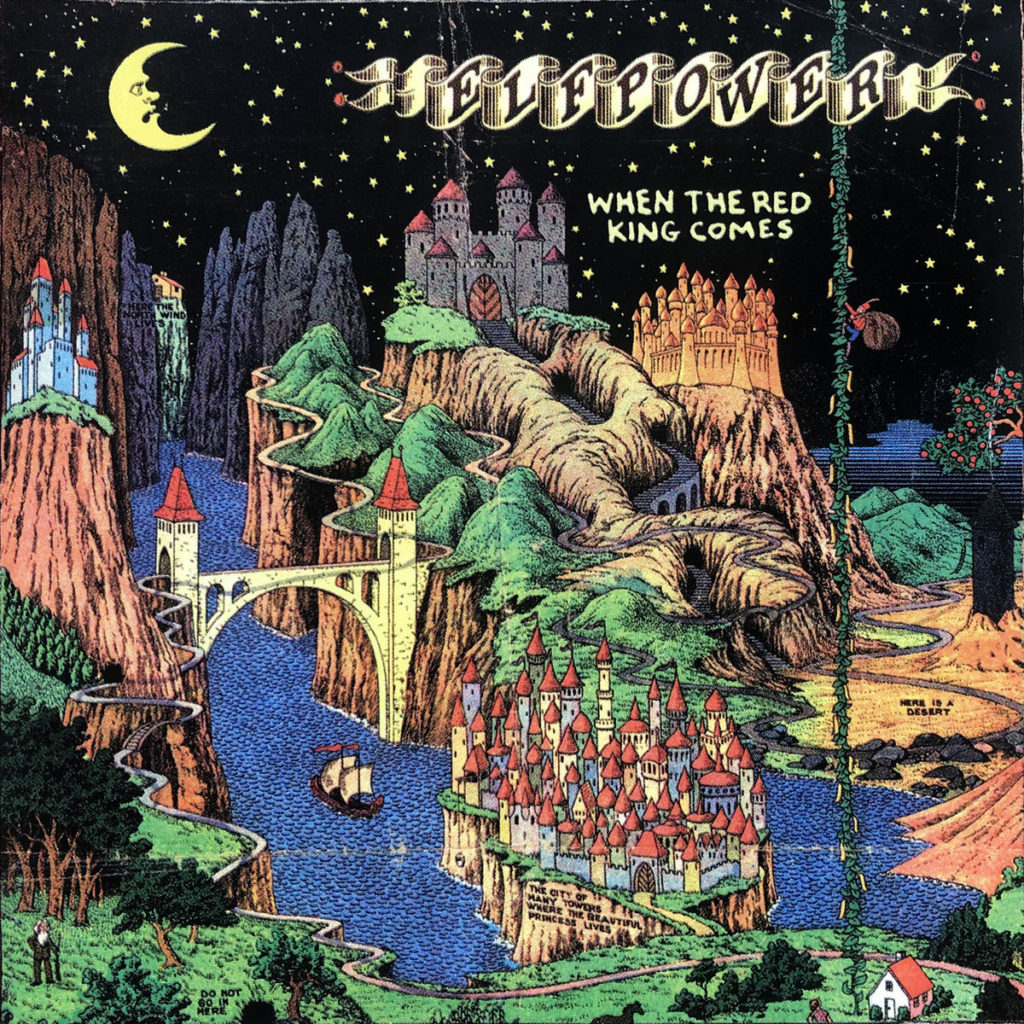
Another of Elephant 6’s longest-running bands, Elf Power were early associates of the collective upon their relocation to Athens. Trading in a lo-fi sound not all that far removed from contemporary work by Guided by Voices, but with a clear debt to Warm Jets-era Brian Eno – whose “Needles in the Camel’s Eye” they covered on the same record – “When the Red King Comes” was the title track and highlight of the group’s second album.
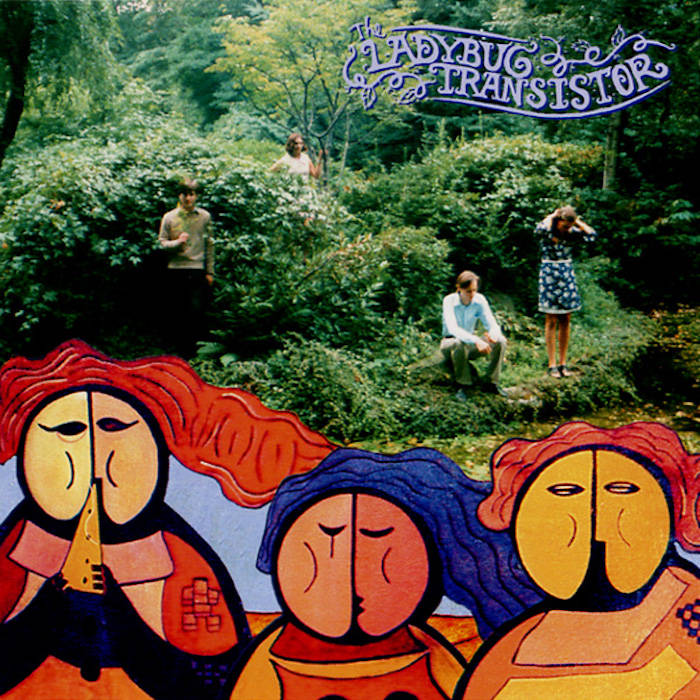
Part of Elephant 6’s “second wave,” The Ladybug Transistor were one of several groups to carry on the spirit of the collective, albeit with a slightly more polished sound. A throwback to classic sixties-era sunshine pop – I’ve always just assumed that the album cover was a nod to Bee Gees’ 1st – “Oceans in the Hall” is the standout track to the group’s third LP, 1999’s The Albemarle Sound.
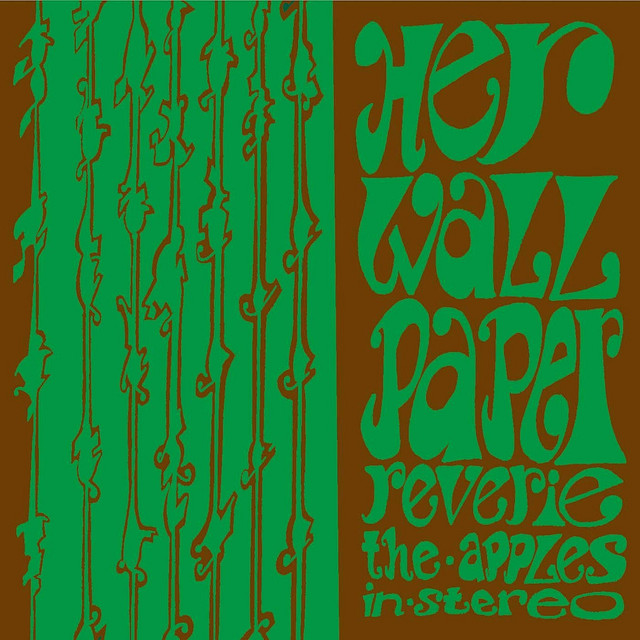
Among the most blatantly “trippy” recordings in Robert Schneider’s catalog, “Strawberryfire” mixed his pop acumen with the increased confidence earned from producing some of E6’s finest records. The clear highlight of 1999’s experimental Her Wallpaper Reverie, “Strawberryfire” stands as one of The Apples in Stereo’s signature recordings.
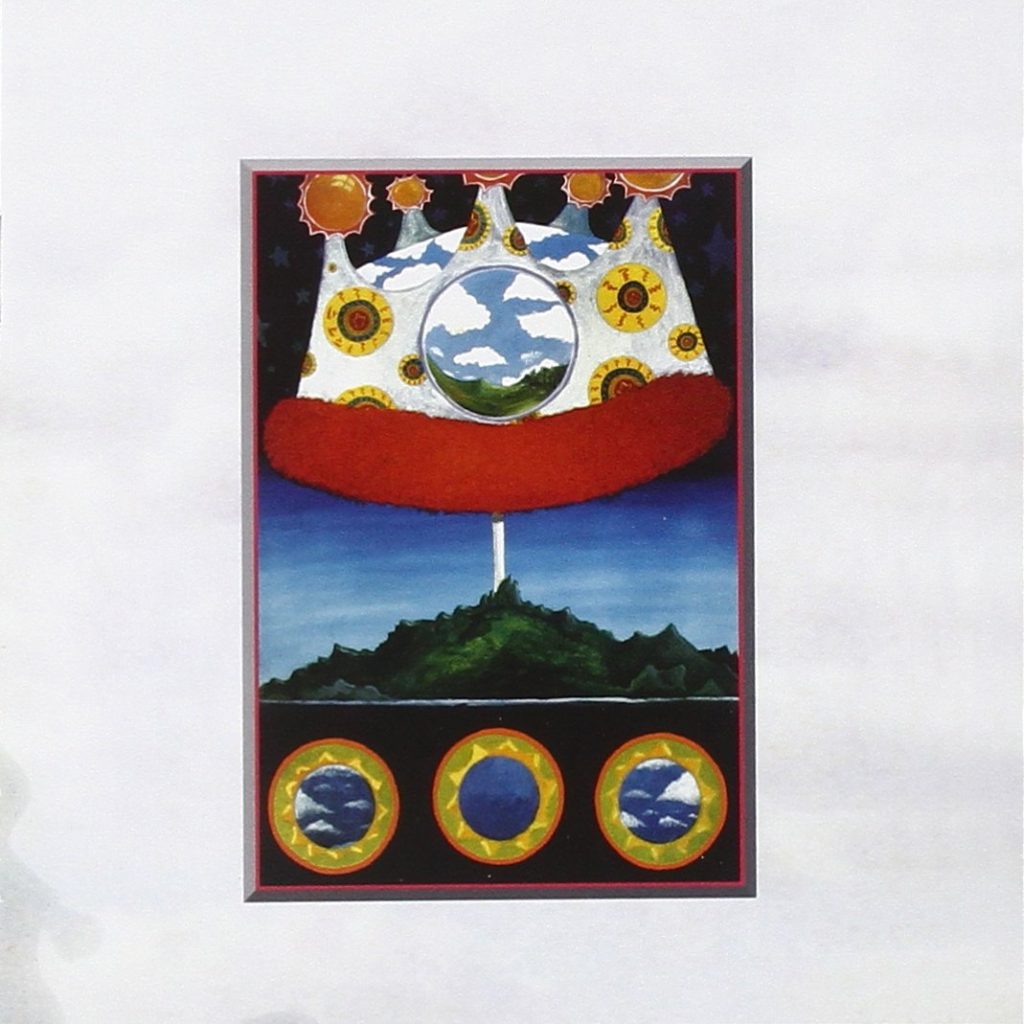
“Jumping Fences”
from Music From the Unrealized Film Script, Dusk at Cubist Castle (1996)
While most discover Elephant 6 by way of In the Aeroplane Over the Sea, they would be well served by making The Olivia Tremor Control’s first LP their next stop. A dizzying and dazzling display of pop song craft and musique concrète, Dusk at Cubist Castle is one of the all-time great psychedelic albums. Its most immediately-appealing track, “Jumping Fences” sounds so authentically “era appropriate,” that you could be forgiven for believing that you had stumbled upon a long lost collaboration between the peak-era Beatles and Beach Boys. Yeah, it’s that good.
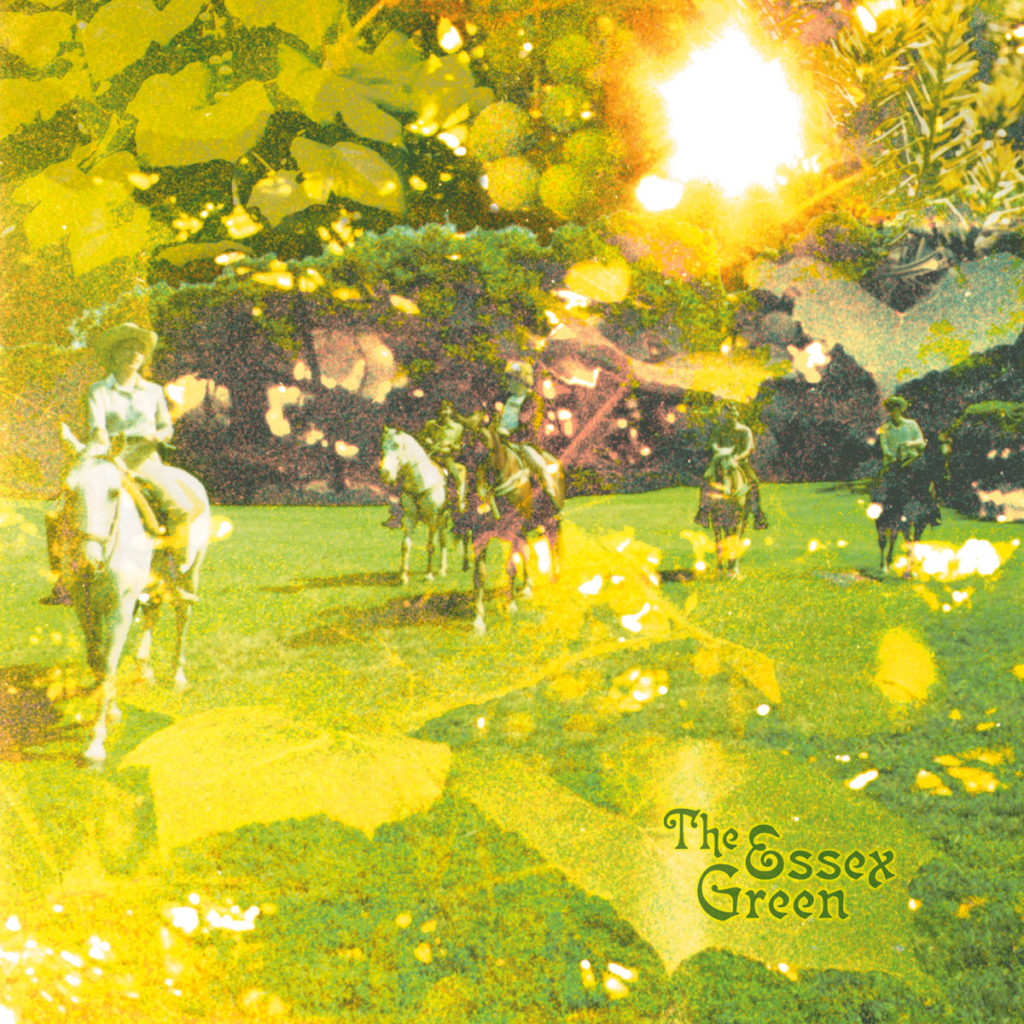
Like The Ladybug Transistor – with whom they shared members – The Essex Green hailed from Brooklyn. While this metropolitan background may have contributed to their less “rustic” sound, the group’s penchant for baroque-inspired arrangements made them kindred spirits with the E6 scene. “Mrs. Bean” was the highlight of the band’s 1999 debut, Everything Is Green, which was released on the Athens-based Kindercore label.

Another of E6’s more polished second wave – this time by way of San Francisco – Beulah was brought into the fold by Robert Schneider, who released the group’s earliest recordings on the Elephant 6 label. Despite the tension present between the group’s two principal members, Miles Kurosky and Bill Swan, Beulah would achieve critical acclaim and moderate commercial success. Arguably their best-known track, “Emma Blowgun’s Last Stand” was the centerpiece to the group’s second album, 1999’s When Your Heartstrings Break.
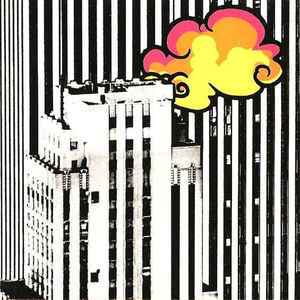
Originating in Athens – and initially featuring contributions from many of Elephant 6’s key figures – Great Lakes would eventually migrate to Brooklyn, where they continue to be led by Ben Crum. Though they were not a strictly instrumental band, this vocal-less track from the project’s self-titled debut makes for a pleasant interlude on that record, the aforementioned E6 documentary, and this playlist.
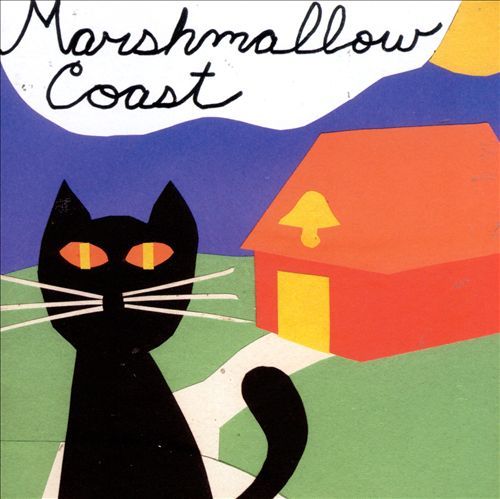
A former member of The Music Tapes and Of Montreal, Andy Gonzales was also the creative force behind Marshmallow Coast. The project’s debut album, 1999’s Seniors & Juniors, featured significant contributions from Gonzales’ then-bandmate, Of Montreal’s Kevin Barnes. Barnes’ vocals intertwine with those of Gonzales throughout the record, arguably best on this mid-album highlight.
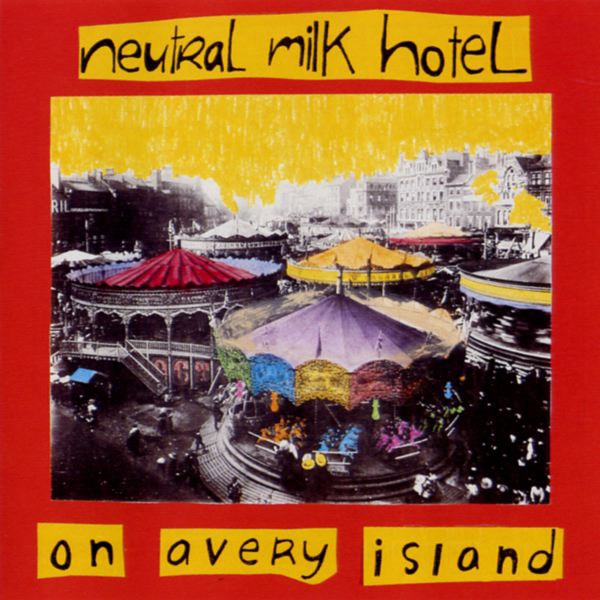
Standing in the shadow of its better-known successor, it’s tempting to call Neutral Milk Hotel’s debut album overlooked. Anyone pulled in by Aeroplane will find plenty to like about 1996’s On Avery Island, and its opening track, “Song Against Sex,” is a clear standout – a barreling fuzz folk romp that features some of Jeff Mangum’s most evocative lyrics.
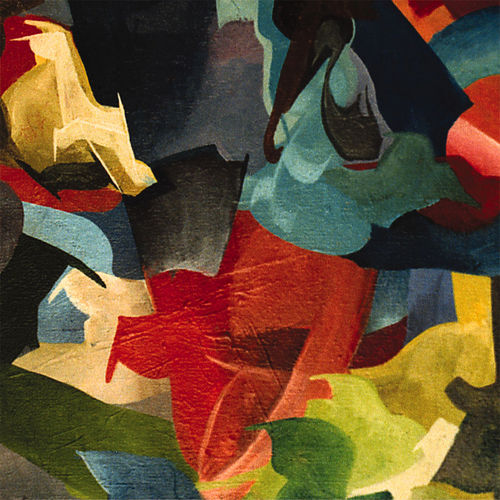
On their second album, The Olivia Tremor Control retained a similar ratio of pop songs to experimental soundscapes. However, rather than keeping the bulk of the abstract material confined to a single LP side (ala Dusk at Cubist Castle‘s “Green Typewriters” suite), Black Foliage found the group intertwining its more accessible moments with its more experimental ones, to the point in which the lines between the two were far more blurred than before. The mid-album highlight, “I Have Been Floated,” stands as a prime example of the band’s equally compelling impulses.
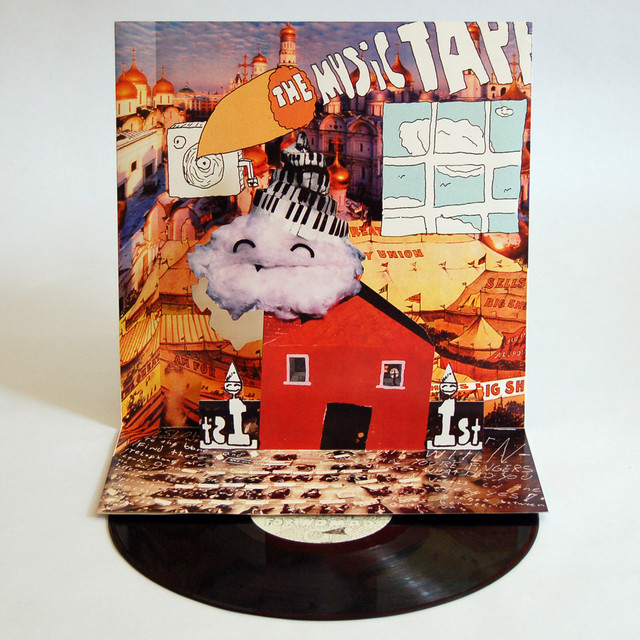
The brainchild of Neutral Milk Hotel’s Julian Koster, The Music Tapes are one of the most experimental projects to release music under the Elephant 6 banner. Like the project’s other releases, 1999’s First Imaginary Symphony for Nomad, mixes rustic folk sounds with tape experimentation to often-beautiful effect. It’s a sound that you kind of have to be in the mood for, but when it catches you just right, it can be a transportive listening experience.
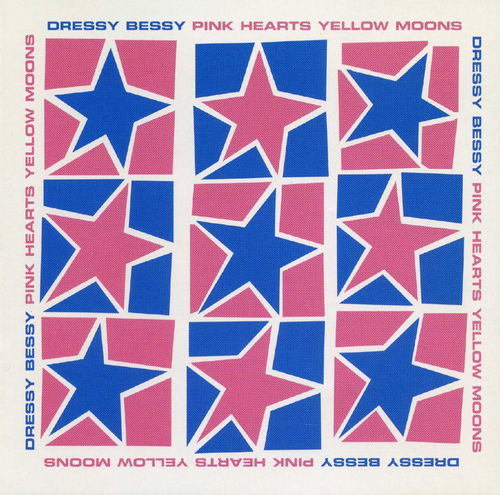
At the other end of the spectrum, Denver’s Dressy Bessy are one of the most straightforwardly accessible acts on the Elephant 6 roster. The band’s debut – and best-known album – 1999’s Pink Hearts Yellow Moons is a consistently charming set of hooky power pop, highlighted by its effervescent centerpiece, “If You Should Try to Kiss Her.”
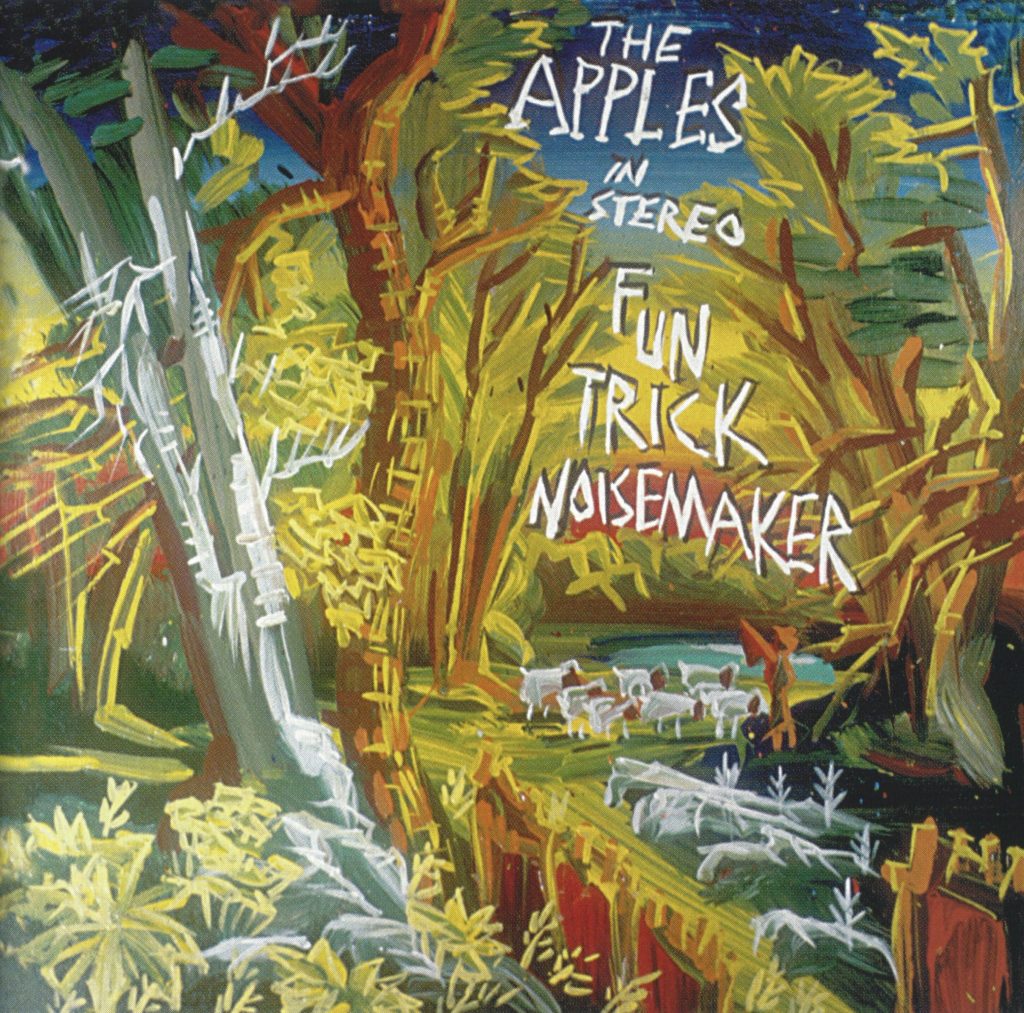
While The Apples in Stereo are generally known for Robert Schneider’s sunny pop anthems, this evocative instrumental from the band’s debut LP – 1995’s Fun Trick Noisemaker – is one of their finest tracks. Initially sounding like something from a peak era Real Estate album, “Innerspace” subtly displays a different side of the Beach Boys worship that led Schneider to dub his home base “Pet Sounds Studio.”
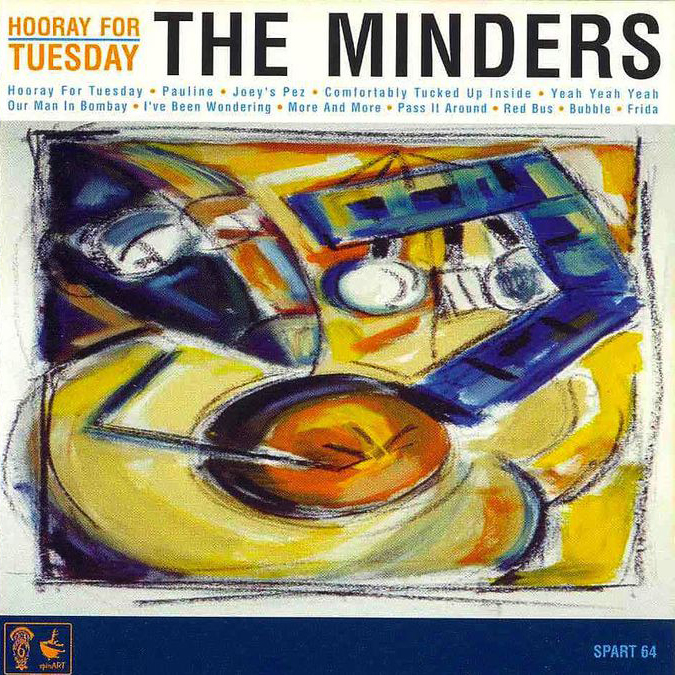
The opening title track to The Minders’ 1998 full-length debut, “Hooray for Tuesday” hits upon all of the baroque/psychedelic adornments that characterize the best of what Elephant 6 has to offer. Rich harmonies, brass fanfare, and tape effects all add to the song’s lush palette, without distracting from Martyn Leaper’s winning vocal melody.

Though Kevin Barnes’ later electro-pop era would yield classics like 2004’s Satanic Panic in the Attic and 2007’s fantastic Hissing Fauna…Are You the Destroyer?, Of Montreal reached an early peak on 1999’s excellent LP, The Gay Parade. Once referred to by AllMusic as “indie pop’s very own Sgt. Pepper,” the album is a thoroughly charming song cycle of miniature character studies. One of its more expansive tracks, “A Collection of Poems About Water” moves through multiple movements with an elegance and grace that reflect Barnes’ remarkable compositional talent.
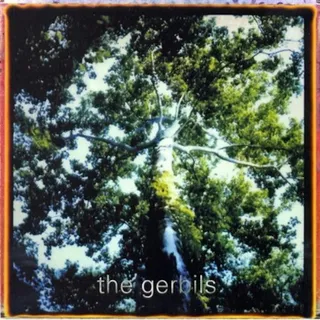
Headed by Neutral Milk Hotel’s Scott Spillane – and also featuring the band’s drummer, Jeremy Barnes – The Gerbils’ two albums present them as an endearingly lo-fi pop group. The opening track from their 1998 debut, Are You Sleepy?, “Sunshine Soul” hints at the wide depth of talent that existed behind the front lines of Elephant 6’s most widely beloved band.
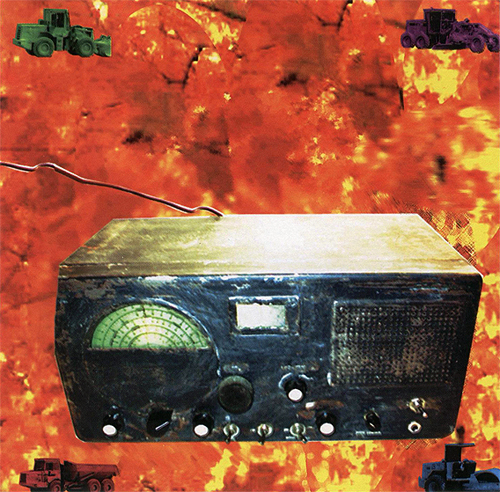
Essentially the solo project of Olivia Tremor Control keyboardist Pete Erchick, Pipes You See, Pipes You Don’t released its first album, 2001’s Individualized Shirts, after the Olivias entered their lengthy hiatus. The record’s opening track, “Ten Thousand Years” is definitely a product of the same universe as Erchick’s previous band, but it focuses on a voice that was, perhaps, underutilized on OTC’s two albums.
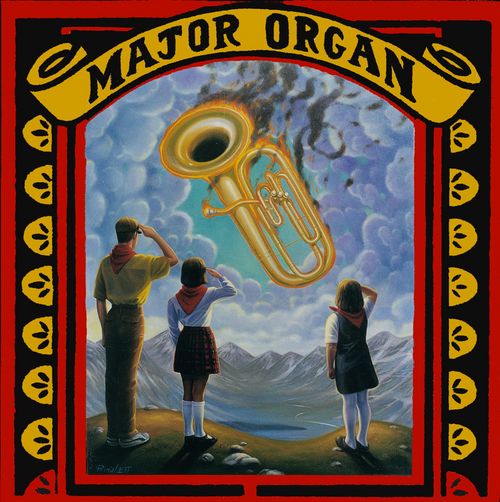
Major Organ and the Adding Machine
“His Mister’s Pet Whistles”
from Major Organ and the Adding Machine (2001)
The product of a one-off collaboration between several of the Athens contingent’s central figures, the self-titled album by Major Organ and the Adding Machine is one of the most mysterious releases in the collective’s discography, but it’s one that also scratches the itch for those seeking more of E6’s signature warped take on pop music. “His Mister’s Pet Whistles” finds the project at its most accessible, but there are treasures to be found in the album’s more off-kilter moments as well.
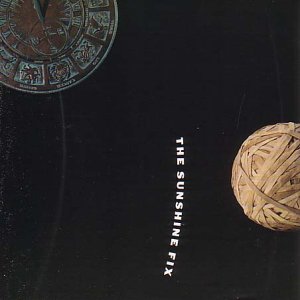
As The Olivia Tremor Control entered its extended hiatus, Bill Doss directed his attention toward a new project, The Sunshine Fix. Doss had attained a reputation as the more pop-minded of OTC’s two singer-songwriters, and for the most part, 2001’s Age of the Sun confirms that characterization. The album’s title track sounds straight out of 1967 in the best way possible, and serves as an inviting opening to a rewarding LP.
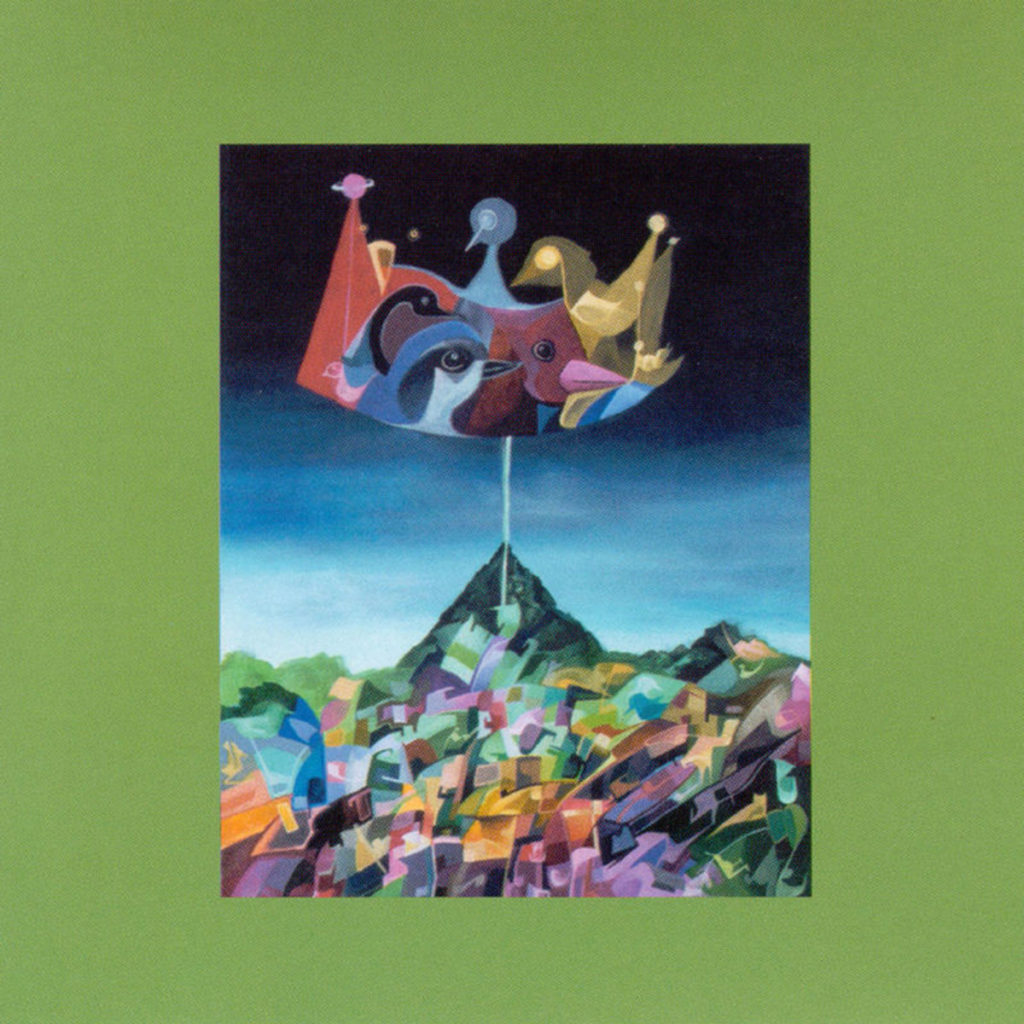
While Bill Doss went in a more straightforward direction, Will Cullen Hart – along with several other members of Olivia Tremor Control – continued down a more experimental path. The self-titled debut from Circulatory System is a spiritual successor to OTC’s two brilliant records, and “The Lovely Universe” seems to neatly summarize the entire artistic aesthetic and worldview of the Elephant 6 collective.
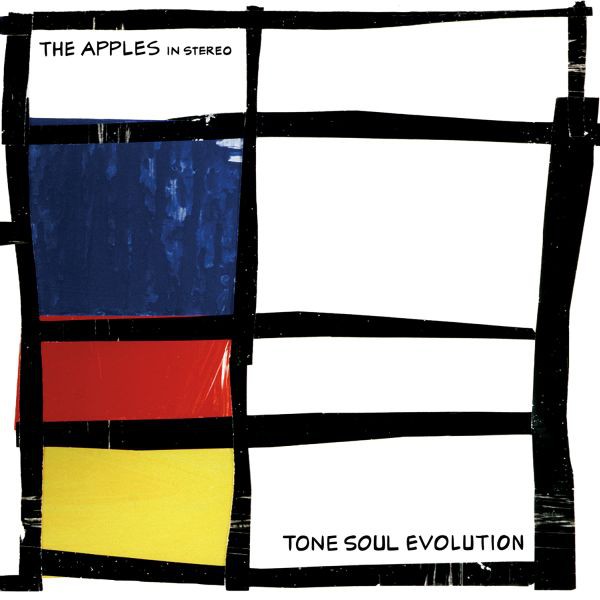
One more blast of pop perfection from Robert Schneider before we’re done, “Seems So” was the leadoff song from The Apples in Stereo’s 1997 LP, Tone Soul Evolution. Schneider’s innate gift for melody and compact production are on full display on this track – one of the finest entries in the Apples’ discography.

“NYC-25”
from Music From the Unrealized Film Script, Dusk at Cubist Castle (1996)
I set about creating this playlist with the plan to limit myself to just one song per album, but I just couldn’t resist including a second track from The Olivia Tremor Control’s masterful Dusk at Cubist Castle. The ideal closer to a record that constantly balances on the fine line between accessibility and experimentalism, “NYC-25” is an utterly gorgeous track, one that takes every great aspect of Elephant 6, and condenses them into a single remarkable recording. Bill Doss’ lovely vocal melody is the star of the show, but the George Harrison-esque guitar leads, John Fernandes’ buoyant bassline, and Julian Koster’s singing saw add brilliant complementary textures to a piece that may be decidedly homespun, but that is nothing less than fully, perfectly realized.

